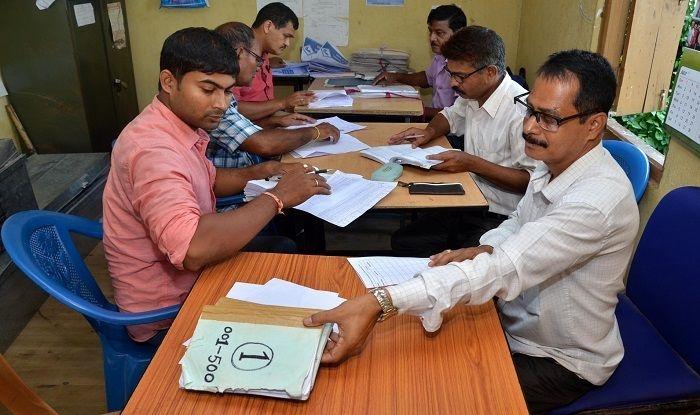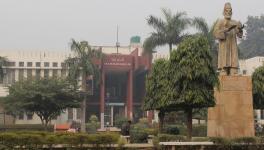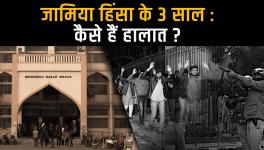NRC Update: Supreme Court Seeks Exclusion Rates; Views From Diverse Groups

Yesterday the Supreme Court of India directed the state coordinator for the National Register of Citizens (NRC) in Assam, Prateek Hajela to submit the district wise percentage of people left out of the final draft in a sealed cover to the Court. The Court in its order also stated that eight organisations would be allowed to file their views on thedraftstandard operating procedure (SOP) to deal with claims and objections relating to the NRC process by August 25. The organisations are: Assam Public Works,Assam Sanmilita Mahasangha(an indigenous people’s organisation of Assam),National Democratic Front for Bodoland (Progressive),Indigenous Tribal Peoples’Federation,All Assam Bhojpuri Parishad.Joint Action Committee for Bangali Refugees,All Assam Minorities Students’Union (AMSU),and Jamiat Ulama-i-Hind. The Court also directed the state coordinator to make the application forms for claims and objections available by August 20. The recent Order follows the Court admonishing the coordinator as well as the Registrar General of India on August 7 for their statements to the press concerning the NRC.
Also read: The Unheard Voices In The NRC Din Speak Up
There are two aspects that are interesting in yesterday's order: firstly, the district-wise exclusions; and secondly, the organisations allowed to file their views on the SOP.
Concerning the rejection or exclusion rates, the data compiled by the Pratidin that exclusion rates were considerably lower in the districts commonly associated with undocumented immigration; whereas those districts that were considered to be 'indigenous' strongholds had a relatively higher exclusion rate. The Telegraph reported that the Alopati char and Mazar char both had acceptance rates of around 90 percent. This is significant as the char dwellers are often depicted as comprising the bulk of the 'infiltrators'. Sars or chars are riverine islands formed by alluvial silt deposits. Some charsmaydisappear after one monsoon, some stay for a period of a few years, some may become permanent islands. Life onchars is precarious as one's home and fields could get swallowed by the river by the next year.
One explanation for this may be that the people belonging to the communities commonly suspected of being undocumented immigrants are more likely to ensure their documents are in order whereas those who feel secured of their acceptance in the list may not have been as prudent. Another explanation could be that the tribal population of Assam may not always have had access to government services including being enrolled in electoral rolls due to bureaucratic apathy or lack of knowledge. Hopefully, the Court will make the contents of the 'sealed cover' available to the public at least after the matter isdisposed if not in the course of the hearings.
Also read:Assam: The Mythology of “Immigrants”
The organisations that the Court has allowed to file their views on theSOP related to theNRC process comprise a diverse group. Interestingly, the All Assam Students’Union (AASU),which had been at the forefront for demanding the NRC, has not been included though the AAMSU has. However, the Court has placed an equal number of Assamese and tribal interest groups as well as minority interest groups in the list. Among the groups mentioned,there is a former armed group, civil society groups,and a religious advocacy group. Through this,it appears that the Court seeks to elicit diverse views from the various stakeholders on the process.
Get the latest reports & analysis with people's perspective on Protests, movements & deep analytical videos, discussions of the current affairs in your Telegram app. Subscribe to NewsClick's Telegram channel & get Real-Time updates on stories, as they get published on our website.
























